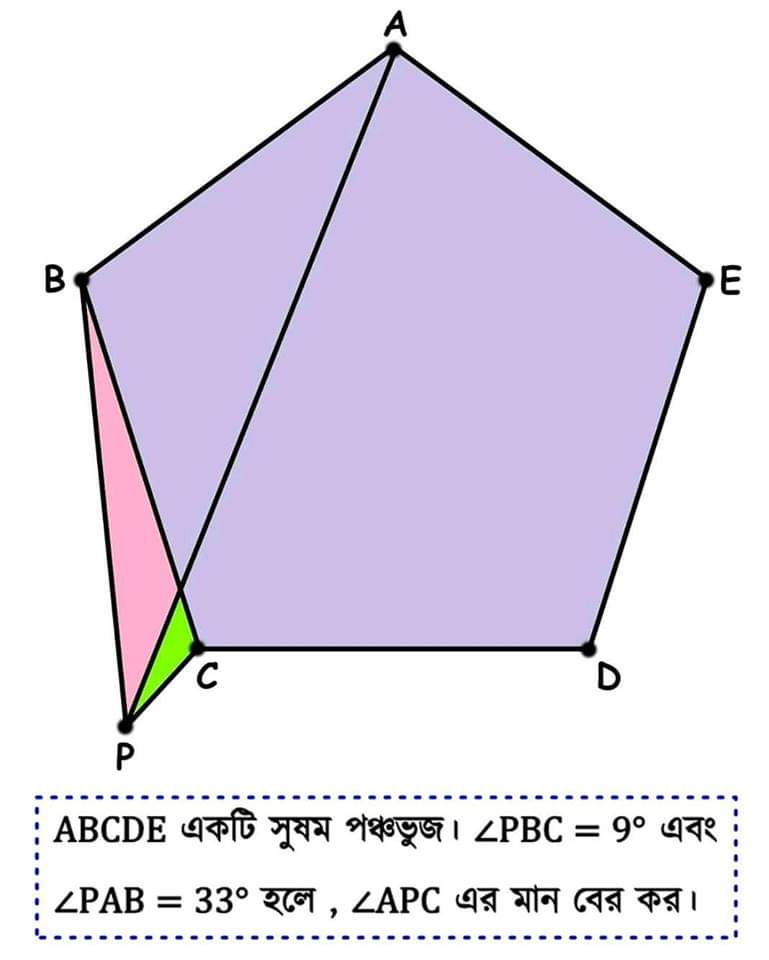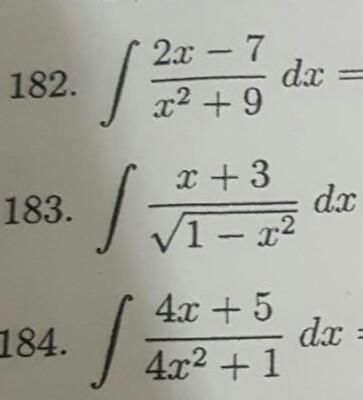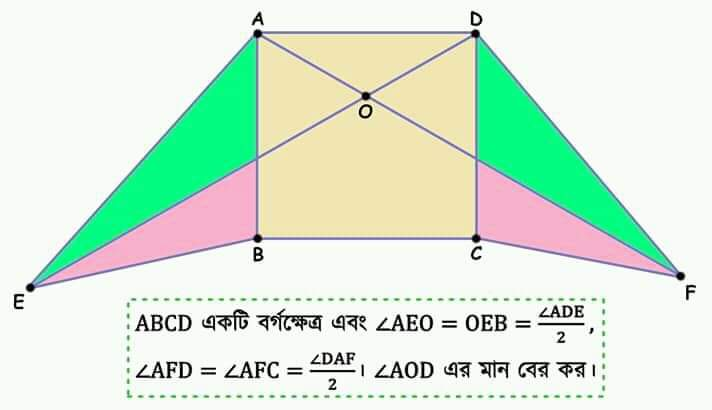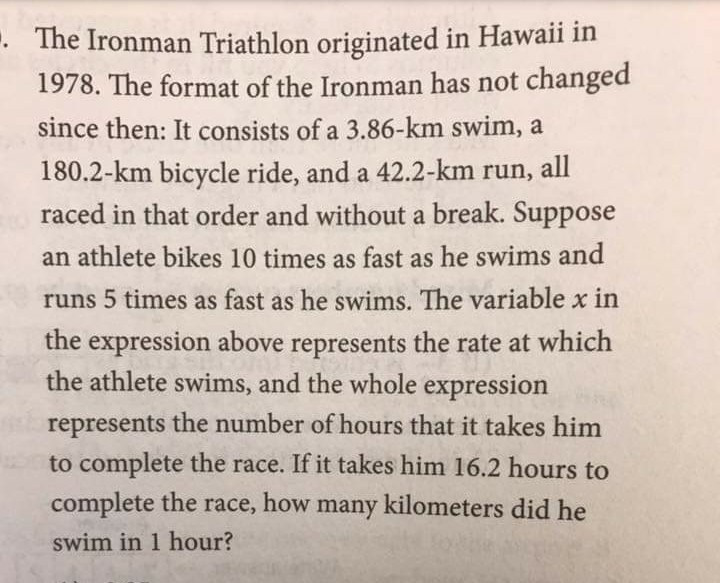
AllQuestion and Answers: Page 1521
Question Number 59052 Answers: 0 Comments: 0
Question Number 59050 Answers: 1 Comments: 0
Question Number 59049 Answers: 0 Comments: 1
Question Number 59040 Answers: 3 Comments: 0
Question Number 59023 Answers: 0 Comments: 0
Question Number 59021 Answers: 2 Comments: 10
Question Number 59018 Answers: 0 Comments: 1

Question Number 59012 Answers: 3 Comments: 0

Question Number 59006 Answers: 0 Comments: 1
Question Number 59003 Answers: 0 Comments: 0

Question Number 59002 Answers: 0 Comments: 0

Question Number 59000 Answers: 1 Comments: 0

Question Number 58986 Answers: 1 Comments: 3

Question Number 58984 Answers: 1 Comments: 0
Question Number 58979 Answers: 1 Comments: 1

Question Number 58974 Answers: 1 Comments: 0

Question Number 58972 Answers: 0 Comments: 0

Question Number 58971 Answers: 1 Comments: 1

Question Number 58965 Answers: 0 Comments: 0
Question Number 58964 Answers: 1 Comments: 0
Question Number 58963 Answers: 1 Comments: 0
Question Number 58962 Answers: 0 Comments: 0
Question Number 59037 Answers: 0 Comments: 1
$${solve}\:\:\frac{{dy}}{{dt}}={t}^{\mathrm{2}} +{y}^{\mathrm{2}} \\ $$
Question Number 58948 Answers: 0 Comments: 3
Question Number 58943 Answers: 1 Comments: 0
Question Number 58942 Answers: 1 Comments: 0
Pg 1516 Pg 1517 Pg 1518 Pg 1519 Pg 1520 Pg 1521 Pg 1522 Pg 1523 Pg 1524 Pg 1525
